The 10 Most Visited Tourist Destinations In Iceland
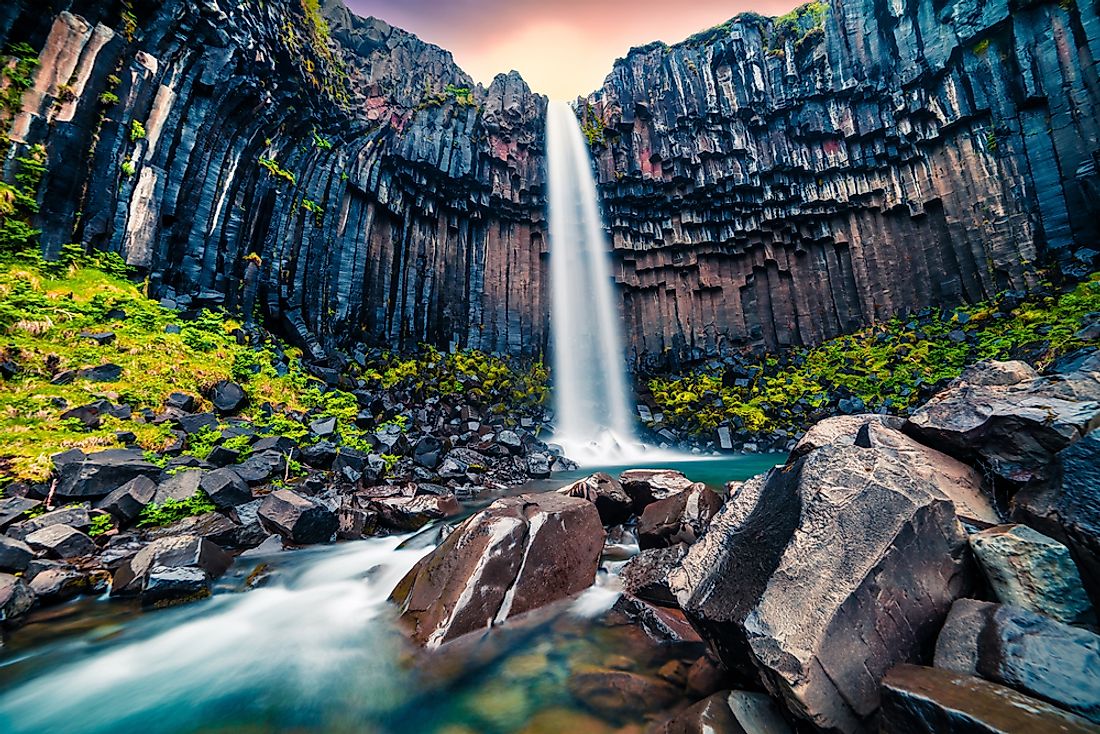
10. Blue Lagoon
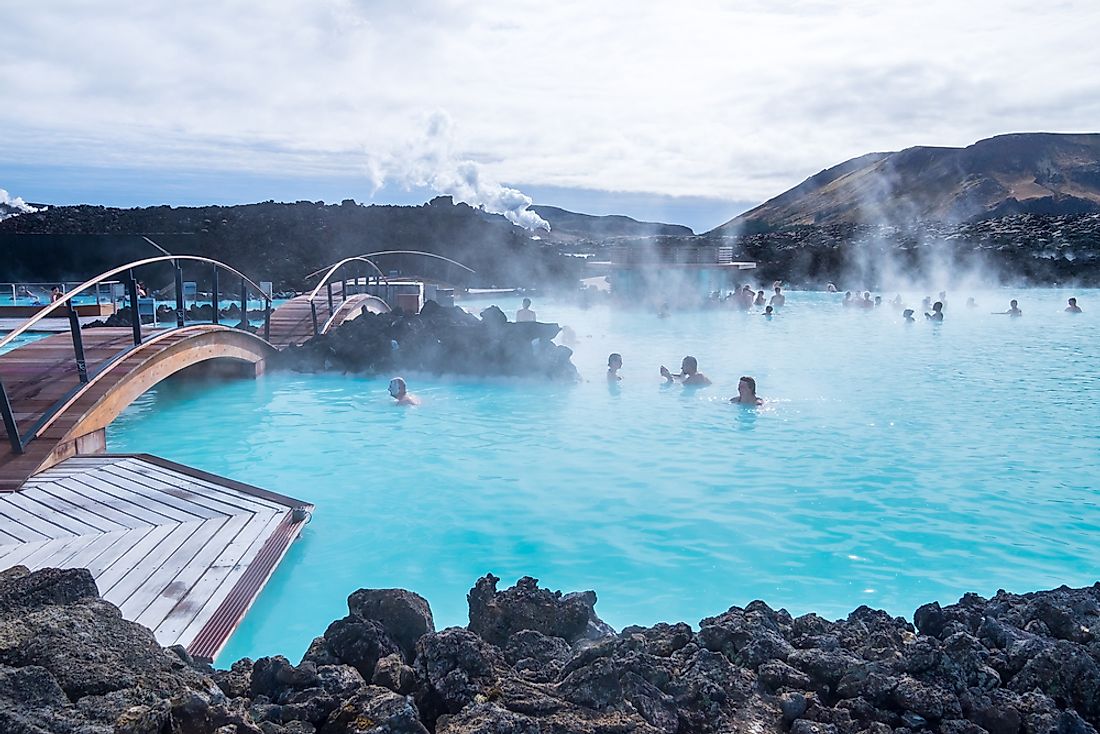
The Blue Lagoon is one of Iceland’s most popular tourist destinations. It is a geothermal spa located in the Grindavík lava field in the Reykjanes Peninsula. The site is roughly 39 km from the capital city of Reykjavík. The warm waters of the Blue Lagoon has a significant concentration of sulfur and silica, and bathing in these waters is believed to have curing effects on people with certain skin ailments like psoriasis. The man-made lagoon is fed by the water released from the Svartsengi geothermal power plant. A strict code of hygiene is followed by the authorities here and it is necessary for the guests to shower before bathing. The underground geological layers contribute to the rich mineral content of the lagoon.
9. Mývatn
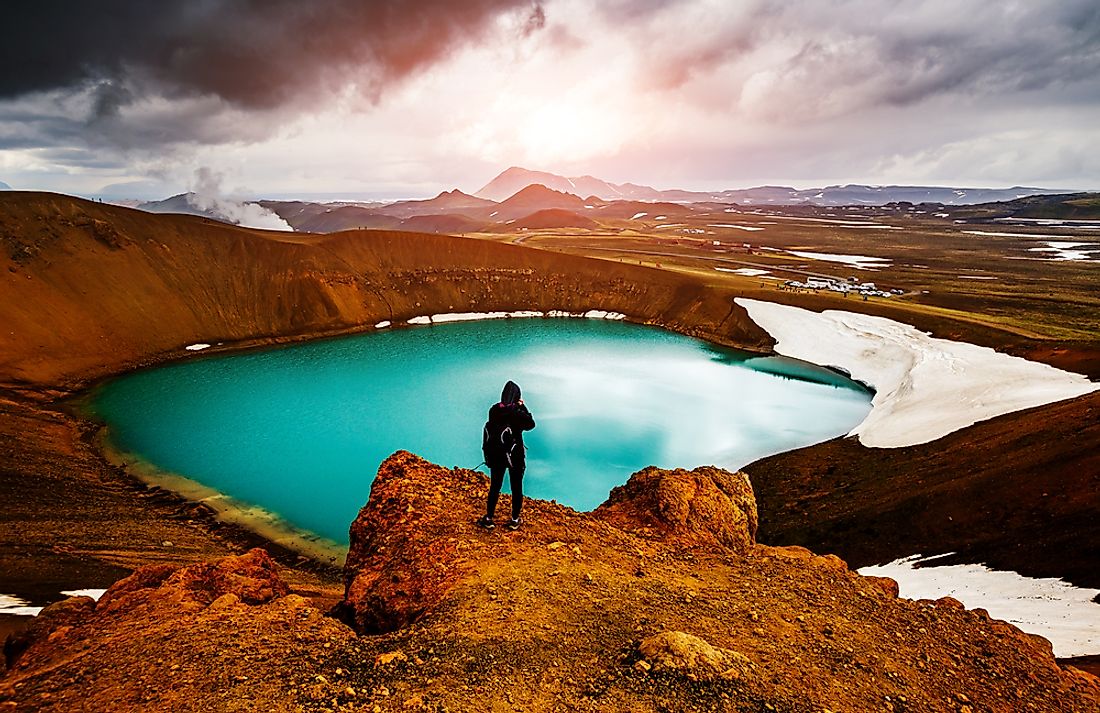
The Mývatn is a shallow eutrophic lake found in an area of active volcanism near the Krafla volcano in northern Iceland. The lake is famous for its exceptionally rich avifauna, especially waterbirds. The lake was formed about 2,300 years ago as a result of a basaltic lava eruption. Volcanic features like rootless vents and lava pillars are present throughout the surrounding landscape. Since the lake is fed by nutrient-rich springwater, it has a large population of aquatic insects which serves to attract many waterbirds to the lake. Most of the birds are migratory in nature. Some of the bird species found here include the tufted duck, the red-breasted merganser, mallard, common scoter, Barrow's goldeneye, etc.
8. Akureyri
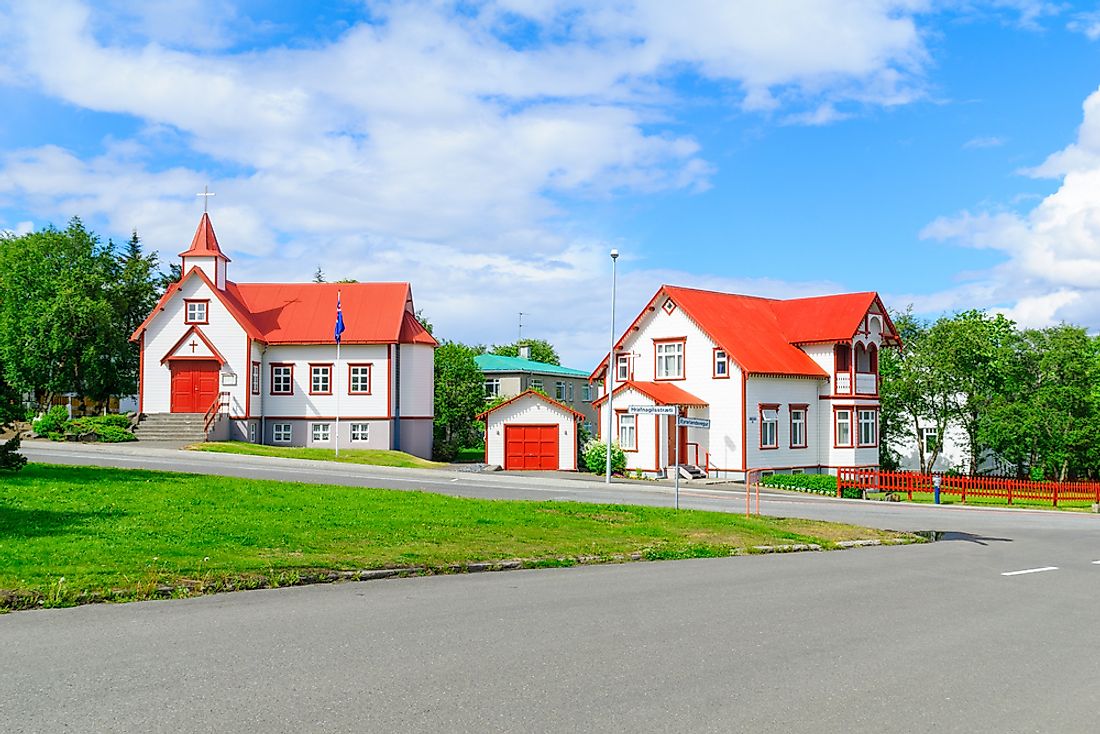
Akureyri, a small city and the second most populous urban area in Iceland, is a tourist hotspot. It developed as an important Icelandic port and fishing center. The relatively mild climate and ice-free harbor of Akureyri render it an ideal place for the Icelandic tourism industry. The city has a rich culture and the “Vefarinn" folk dance of Iceland originated here. Folk culture is prevalent here and several culture festivals are held in summer. Akureyri also hosts one of the largest libraries in Iceland. Tourist attractions here include various museums, churches, and a botanical garden.
7. Skaftafell
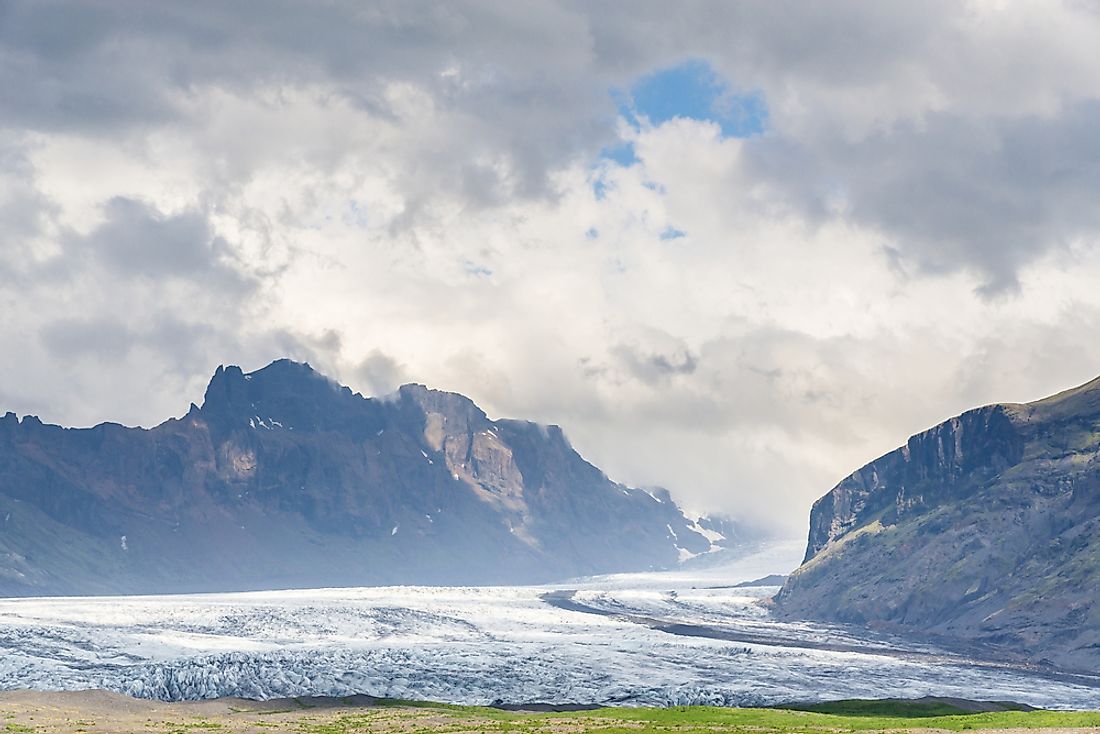
Skaftafell is a preservation area that is part of the Vatnajökull National Park in southeast Iceland. The area is well known for its relatively mild climate and sunny summer days. The Skaftafell hosts an information center, a campground, and many hiking trails for tourists. The Svartifoss (Black Fall) is a famous waterfall here. The scenery of the region is full of stark contrasts and features jagged mountains, glacier tongues, rivers, valleys, and forests. Several species of birds like the redwing, golden plover, meadow pipit, wren and more are commonly seen in Skaftafell. Arctic fox, mink, and the field mouse are the only wild mammals living here.
6. Jökulsárlón (glacier lagoon)
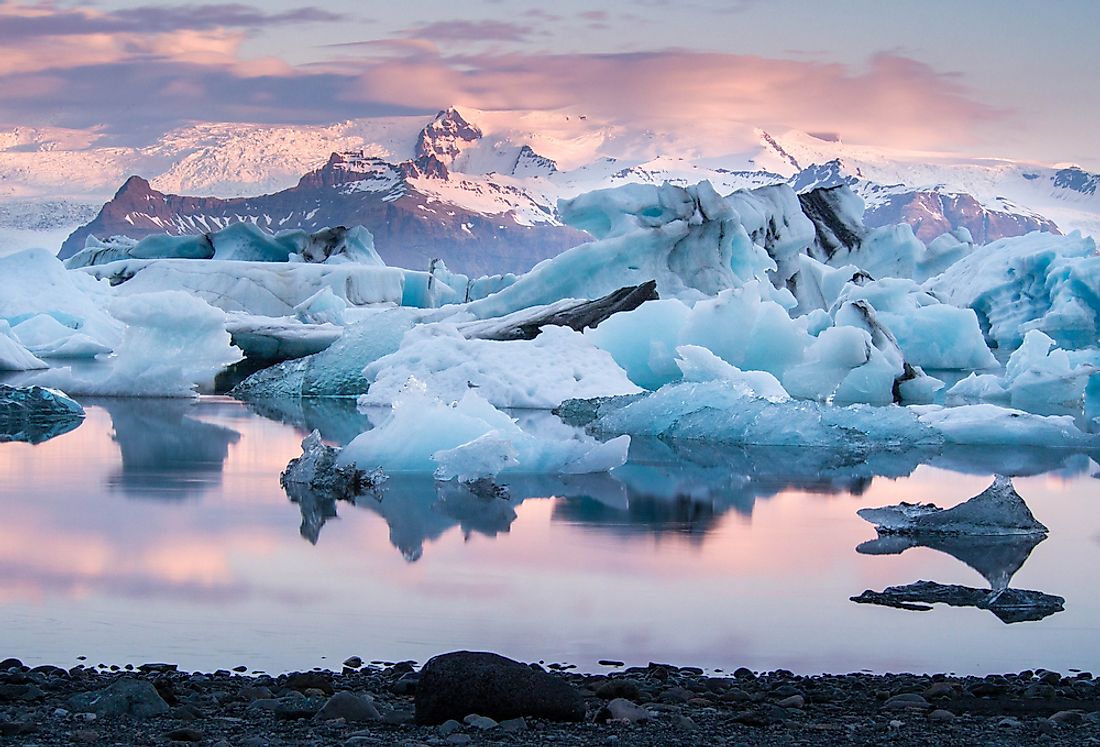
Jökulsárlón is a massive glacial lake on the edge of the Vatnajökull National Park in southeast Iceland. The lake was part of the head of the Breiðamerkurjökull glacier before it started receding. The lake is currently 1.5 km away from the Atlantic Ocean and occupies an area of 18 square km. Scenes from several Hollywood blockbusters like Die Another Day, A View to a Kill, Batman Begins, and Lara Croft: Tomb Raider have been filmed at the Jökulsárlón. The lake is rich in fish that drift in from the sea during high tides. Seals and a large number of seabirds can be observed here. Commercial boat tours on the Jökulsárlón are extremely popular among tourists visiting the site.
5. Skógar
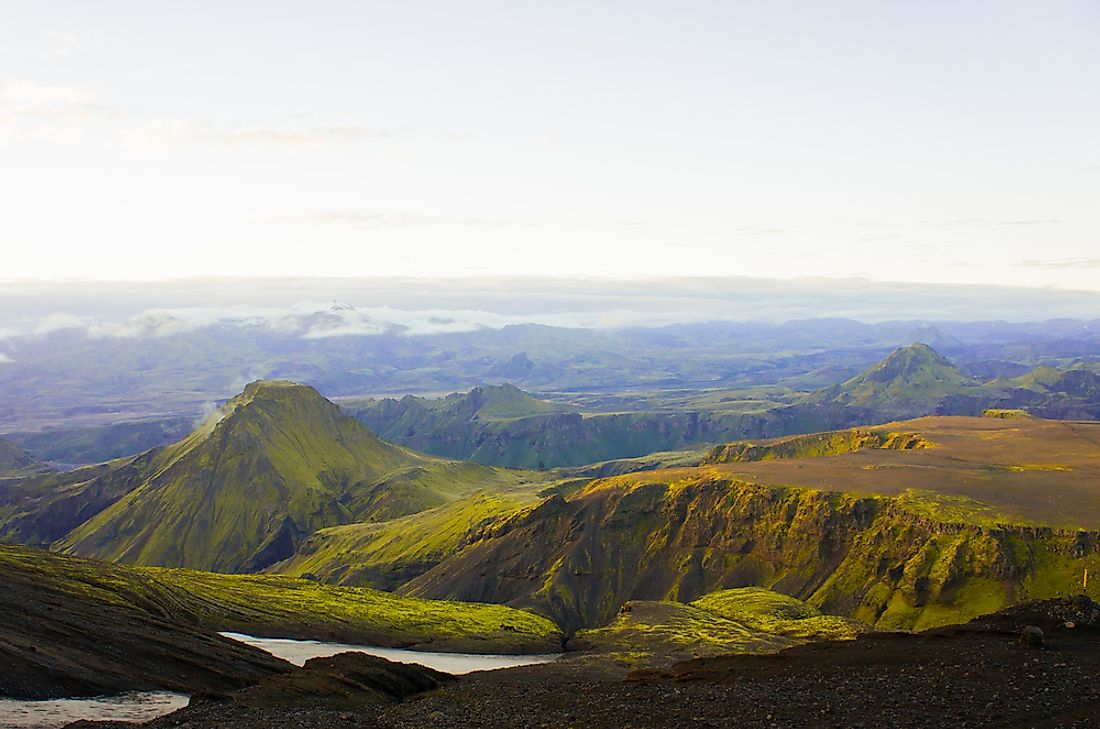
A small Icelandic village with a population of only around 25, Skógar is one of the most visited places in Iceland. The village is located in the Rangárþing eystra to the south of the Eyjafjallajökull glacier. The village is most famous for the spectacular Skógafoss waterfall on the Skógá river falling from a height of 60 meters from the top of an eroded cliff. The village also hosts a folk museum that is open daily all year round, and a museum on transport in Iceland. Another beautiful waterfall, the Kvernufoss fall, is also located near the Icelandic village.
4. Vík
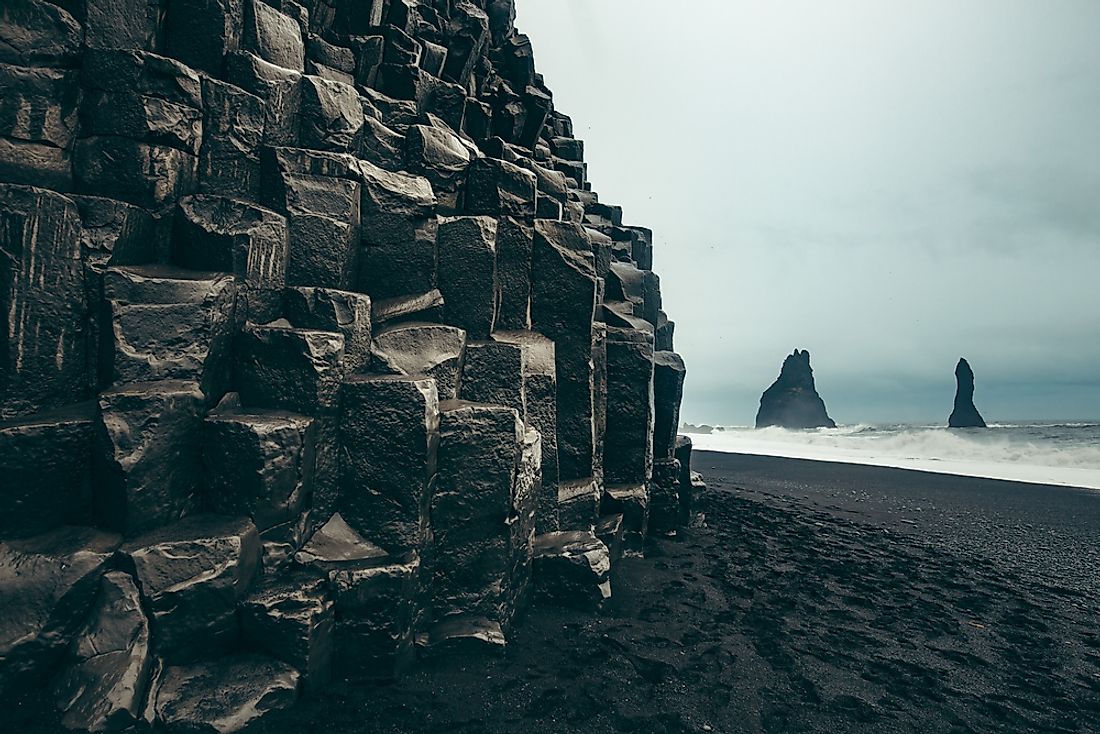
The village of Vik is Iceland’s southernmost village located about 180 km by road to the southeast of Reykjavík. The beach at Vik has been regarded as one of the world’s ten most beautiful beaches by the US journal "Islands Magazine". The cliffs located to the west of beach serves as a home for many species of seabirds including puffins. Since the sea here is wild and stormy, the place has monuments dedicated to the memory of drowned seamen on the beach.
3. Þingvellir
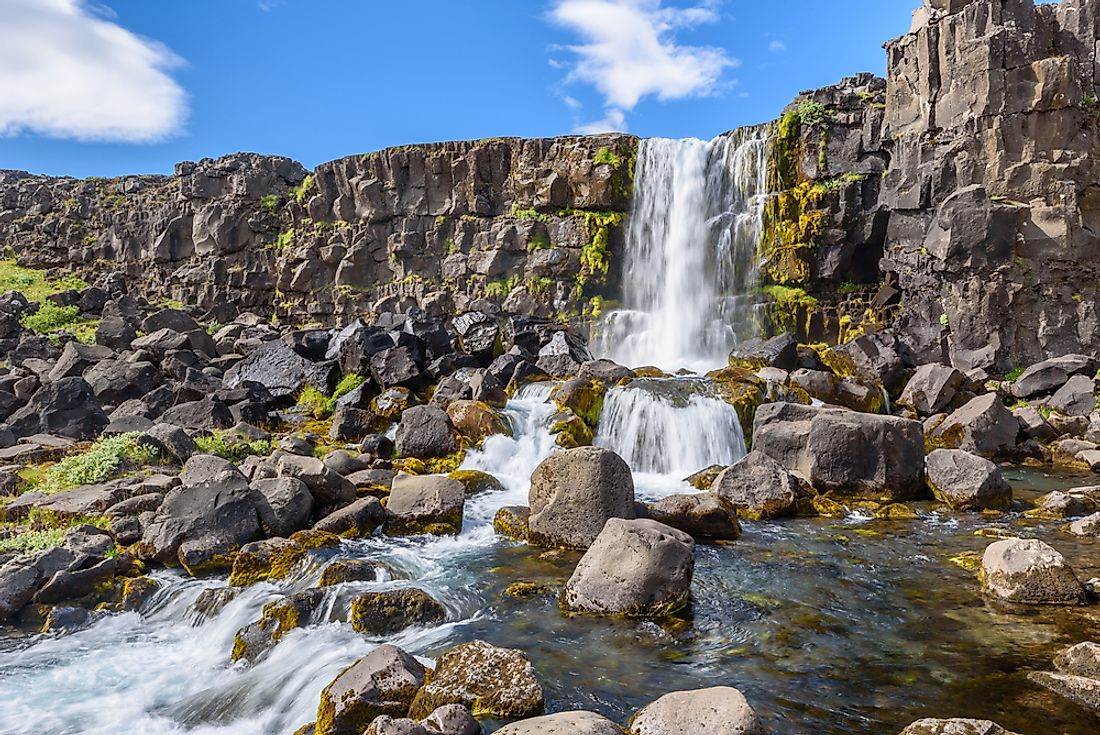
Þingvellir is a national park in southwestern Iceland’s Bláskógabyggð municipality. It is about 40 km from the capital city of Reykjavík. Þingvellir is a major tourist attraction in Iceland since it is an important historical, geological, and cultural site. The park is part of a rift valley that marks the boundary between the Eurasian and the North American tectonic plates. Þingvellir was dedicated as a UNESCO World Heritage Site in 2004. Tourists to Þingvellir can enjoy scuba diving at the Silfra Lake or hike and camp at designated sites in the national park. There are several cultural and historical attractions at the Þingvellir National Park. These include one of the first legislative assemblies of Norway called the Gulating, and other important buildings like the Jamtamót, Løgting, and the Tynwald.
2. Geysir/Gullfoss
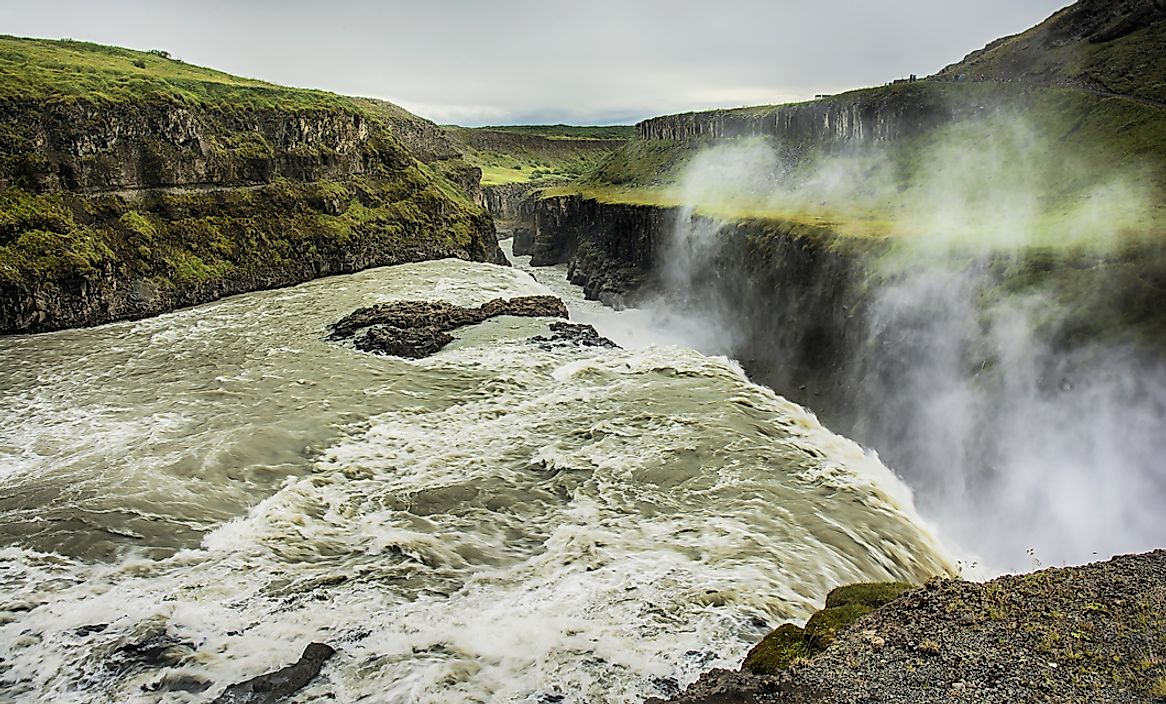
The Geysir and Gullfoss are two of the most visited natural attractions in Iceland. The Geysir is a geyser in the Haukadalur valley in southwestern Iceland. The eruptions from the geyser are able to hurl boiling water as high as 70 meters in the air. The Gullfoss waterfall in located in the Hvítá river’s canyon. The wide Hvítá river makes a right turn just about 1 km before the falls and flows into a curved three-step “staircase" and then suddenly plunges down in two stages into a 32 meters deep crevice. The crevice is 20 meters wide and 2.5 km long. Thus, when one approaches the waterfall, the edge is obscured from view. To the observer, it appears as if the river has vanished into the earth.
1. Capital Region
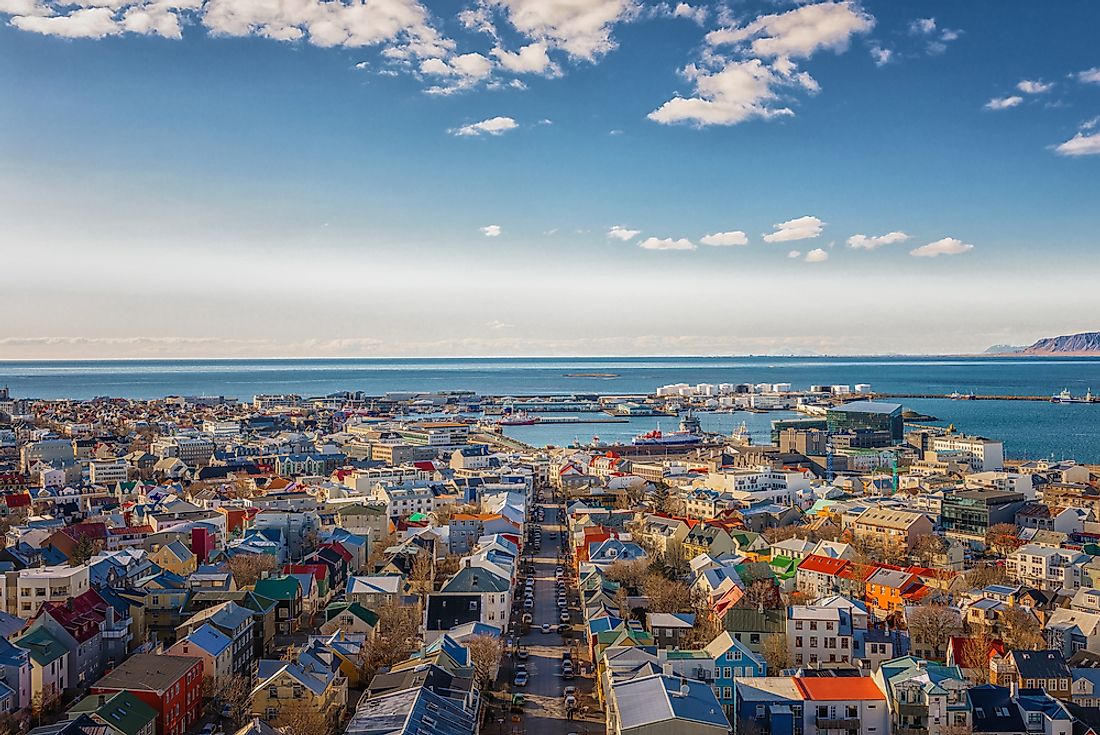
Greater Reykjavík or the Capital Region refers to Reykjavík and six municipalities surrounding this city. It is Iceland's largest urban settlement and serves as the gateway to most of the major attractions of Iceland and hence is the most visited destination in Iceland. The city has all the modern amenities of an urban life. It is famous for its weekend nightlife, bars, clubs, cafés, restaurants, shopping malls, etc. New Year's eve celebrations here are famous worldwide. Major attractions of Iceland like the Blue Lagoon, several museums, historical buildings, churches and more are easily accessible from Reykjavík.
The 10 Most Visited Tourist Destinations In Iceland
| Rank | Destination | Proportion of foreign tourists to Iceland visiting the destination in summer |
|---|---|---|
| 1 | Capital Region | 97.0% |
| 2 | Geysir/Gullfoss | 59.4% |
| 3 | Þingvellir | 50.4% |
| 4 | Vík | 47.4% |
| 5 | Skógar | 43.6% |
| 6 | Jökulsárlón (glacier lagoon) | 42.3% |
| 7 | Skaftafell | 40.3% |
| 8 | Akureyri | 36.2% |
| 9 | Mývatn | 34.0% |
| 10 | Blue Lagoon | 31.5% |







